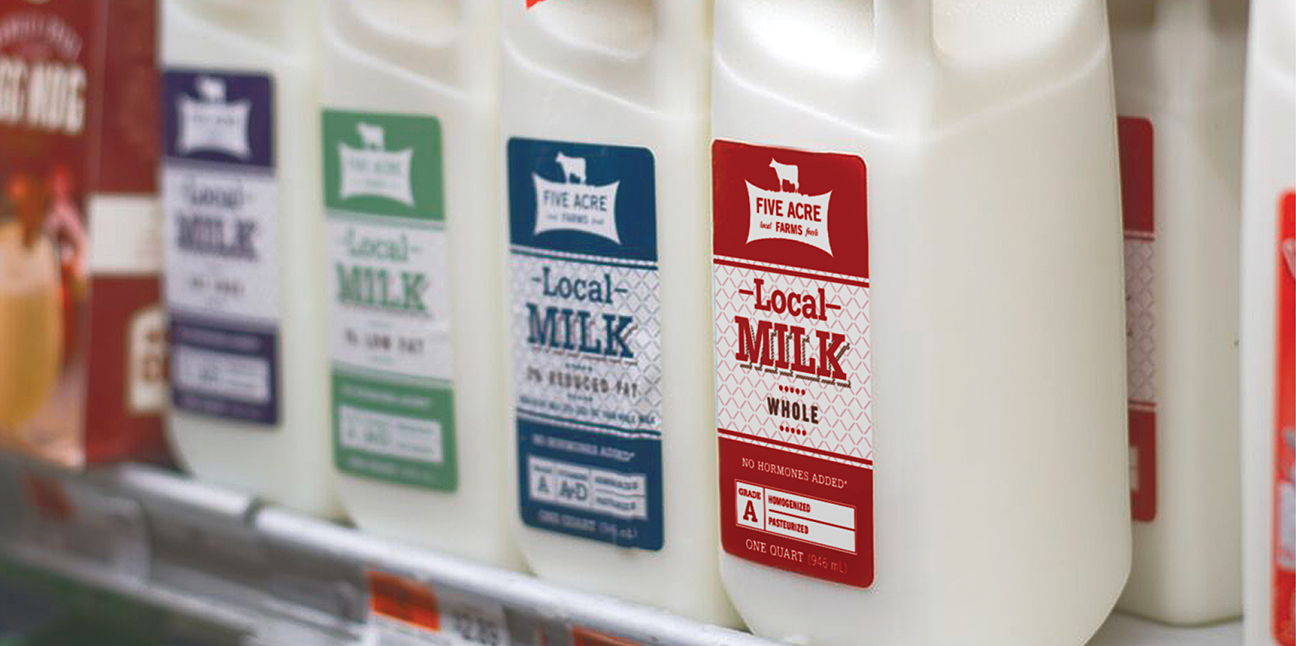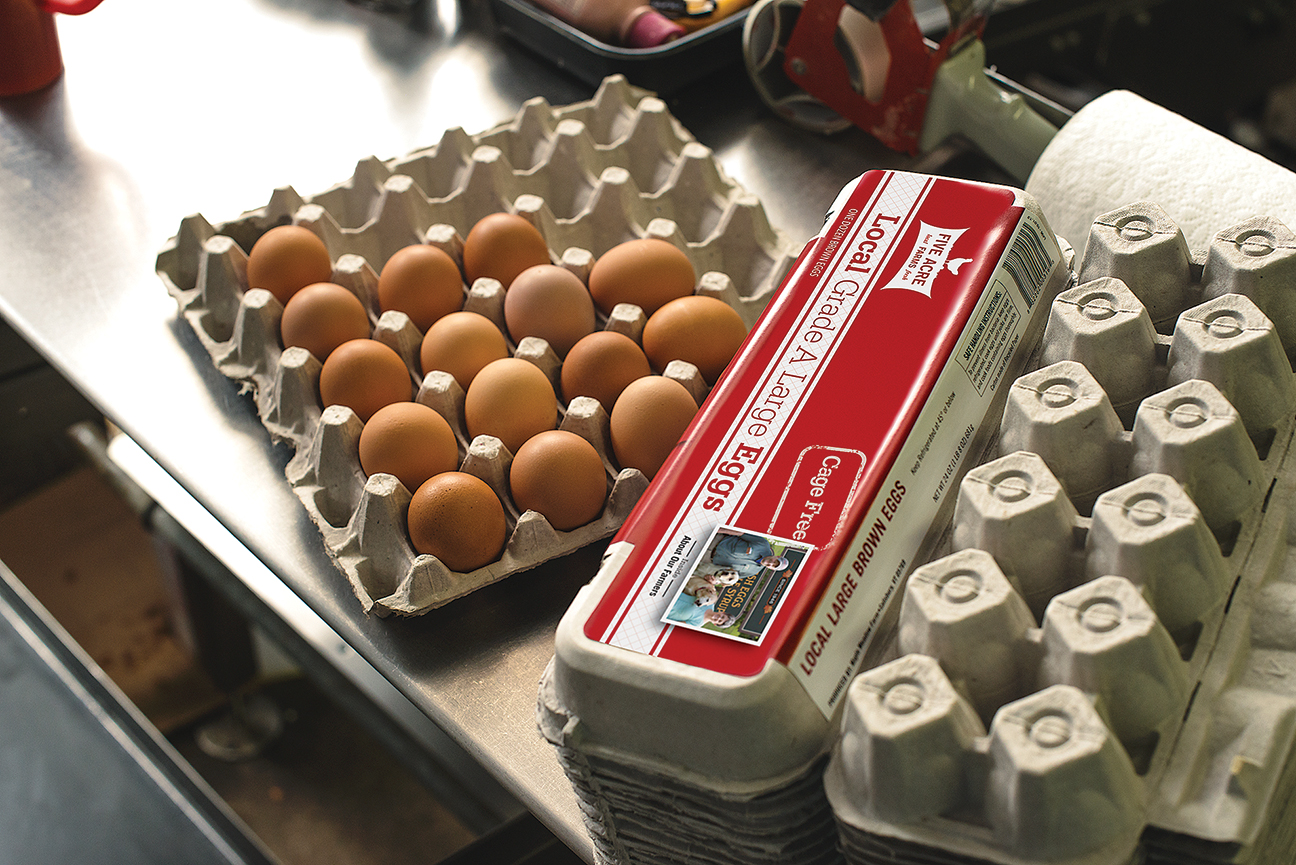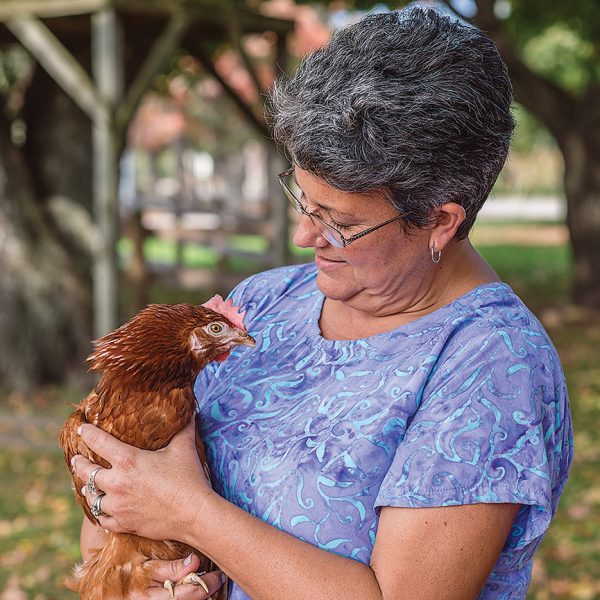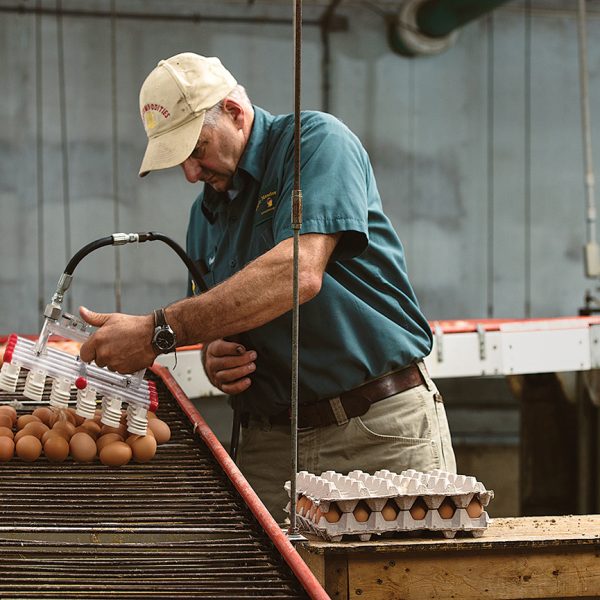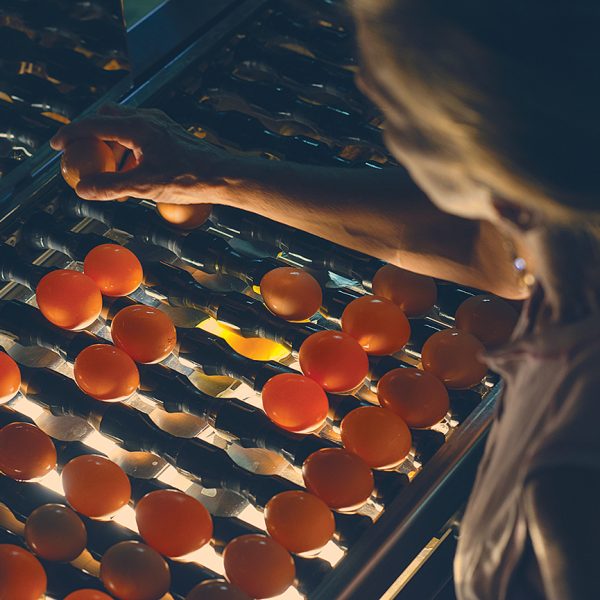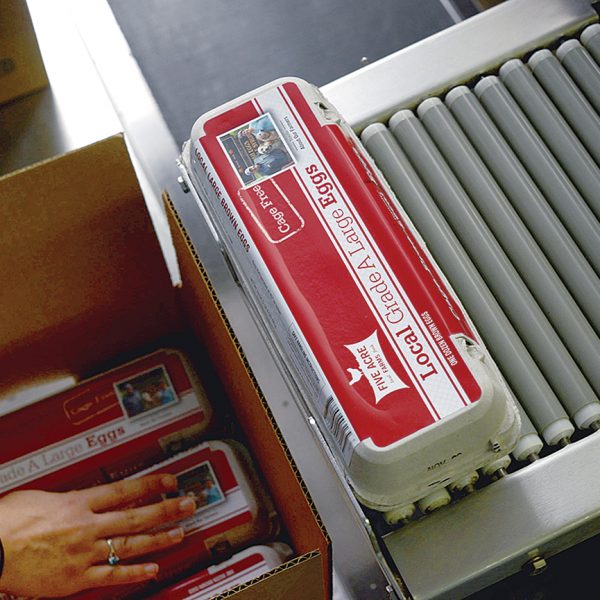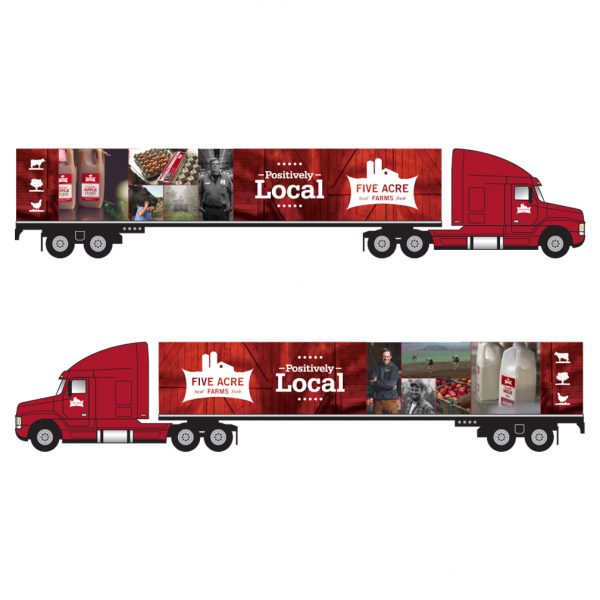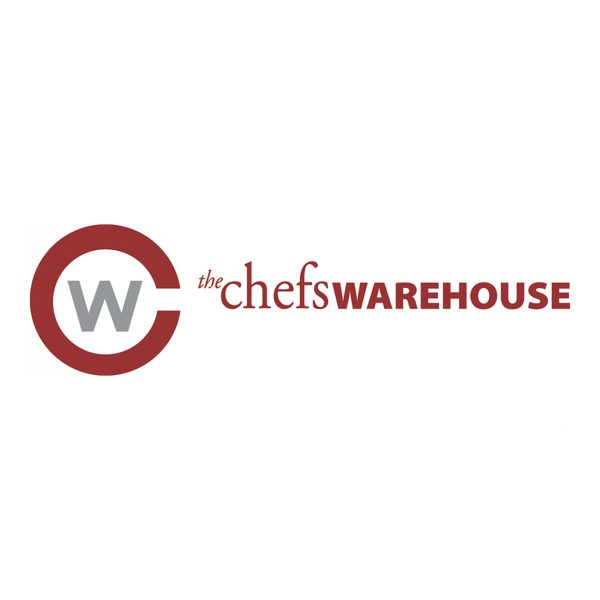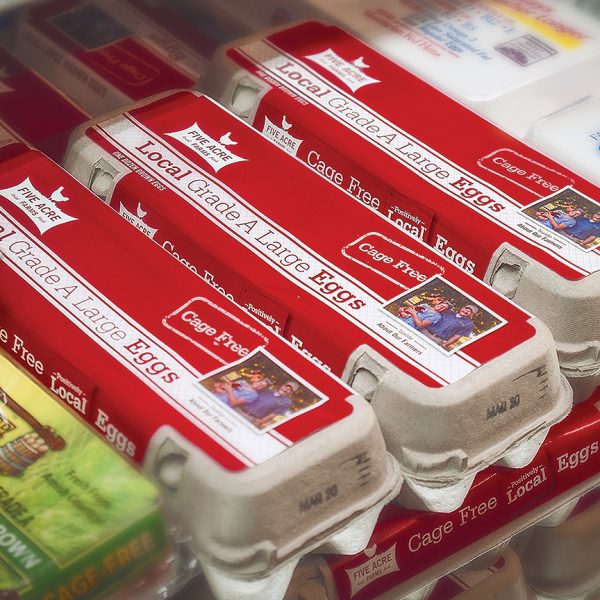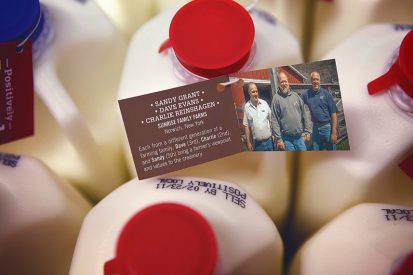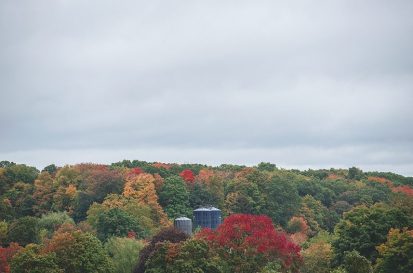
From the KITCHEN:
This recipe is more about the idea and less about which specific vegetables, lettuces or edible flowers you decide to use. It combines varying textures from the vegetables; smooth, refined and delicate sweet richness from the kefir; a wonderful balance of subtle heat from the jalapeno pepper; flavorful greens and strong meatiness from the lentils. I add a wonderful extra virgin olive oil and enough acid and salt to properly season all of this. Enjoy!
INGREDIENTS:
• 1 pint of summer tomatoes, assorted sizes and colors
• 1 pint of summer tomatoes, assorted sizes and colors
• ¼ cup beluga lentils, raw
• ½ cup Five Acre Farms Local Honey Kefir
• 4 tbsp extra virgin olive oil
• 2 tbsp white balsamic vinegar
• ½ tsp kosher salt or fleur de sel
• 1 cup sliced cucumber
• 2 tbsp fresh marigold flower petals
• 1 jalapeno pepper (12 thin (1/16”) slices of jalapeno pepper, seeds included)
• 1 radish
• 6 asparagus stalks
• 8 green beans
• 1 cup of assorted local greens, whichever you desire (pea shoots, spinach, small basil leaves and celery leaves)
1. To cook lentils, simmer them in 2 cups of water with 1 tbsp salt until just cooked through and drain and cool. Set aside.
1. To cook lentils, simmer them in 2 cups of water with 1 tbsp salt until just cooked through and drain and cool. Set aside.
2. Wash all vegetables and cut them into desired shapes. Not all things should or need to be cut equally. Both larger and smaller chunks of tomatoes are nice to have.
3. Shave the radishes and jalapeno peppers thin enough (1/16”).
4. Blanch asparagus in boiling salted water for 15 seconds. Allow to cool before cutting into two-inch pieces.
5. Wash and dry greens with absorbent towels.
6. Drizzle a copious amount of honey kefir on your individual plates or serving platter. Separately, in a mixing bowl, add all of your greens, veggies, salt, half of the vinegar and half of the olive oil and carefully mix to incorporate and taste. Adjust the seasoning if you think it needs more of anything. In a separate bowl, add additional seasoning of oil, salt and vinegar to the lentils.
7. Carefully (or less carefully) assemble your dish to your desired effect.
8. Add on the marigold flowers last because they are incredibly delicate.
JOHN KARANGIS — Executive Chef, Union Square Events
Early in his career while studying Fine Dining Management, John recognized his passion for cooking and was accepted as a culinary student under Chef Andre Daguin and Chef Yves Pinard in Paris. Upon returning to the United States, John landed a job in the kitchen at UNION SQUARE CAFE under Chef Michael Romano, where he cooked for three years. From there, he worked in some of the most acclaimed kitchens on the West Coast and in New York, including GRAMERCY TAVERN and SQUARE ONE in San Francisco. He then accepted the role of Executive Chef at RESTAURANT ASSOCIATES, and later at GOLDMAN SACHS, delivering world class dining and hospitality to an elite clientele. Returning to the culinary roots where his career began, today John brings his passion for excellence and hospitality to the UNION SQUARE EVENTS team.
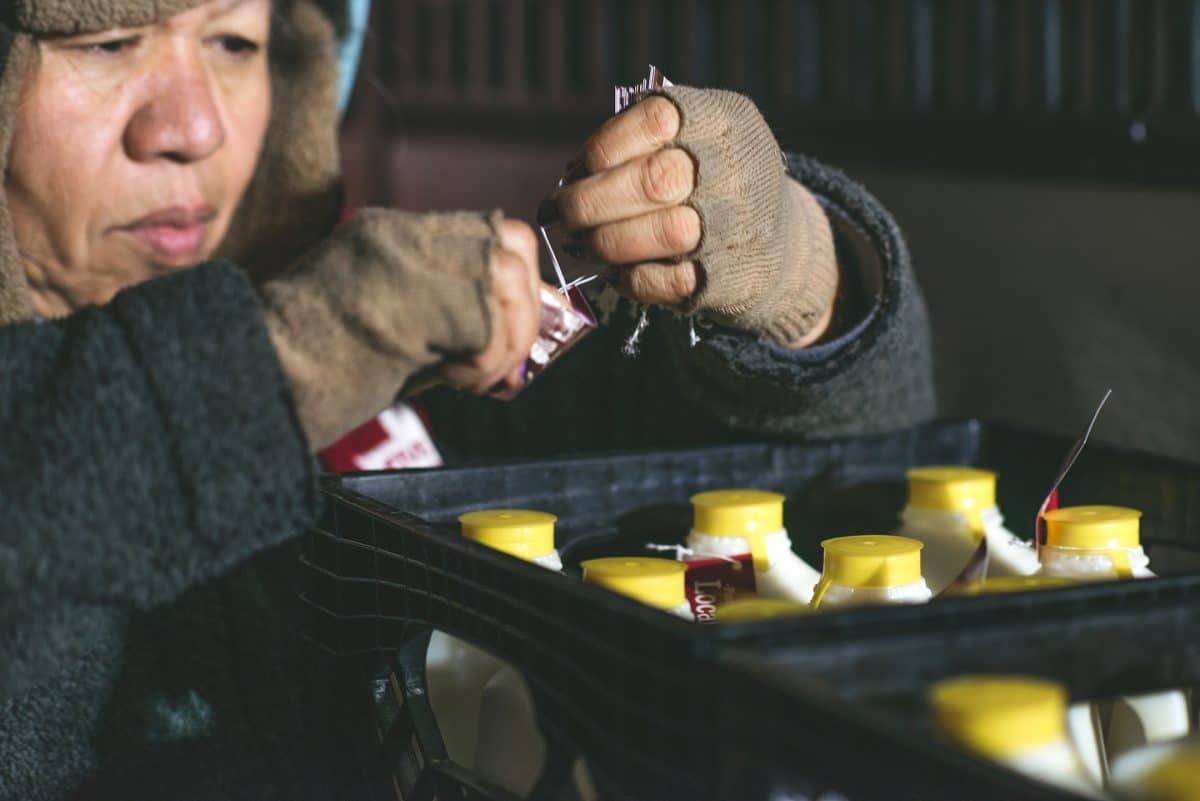
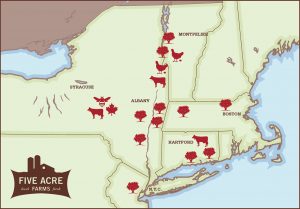
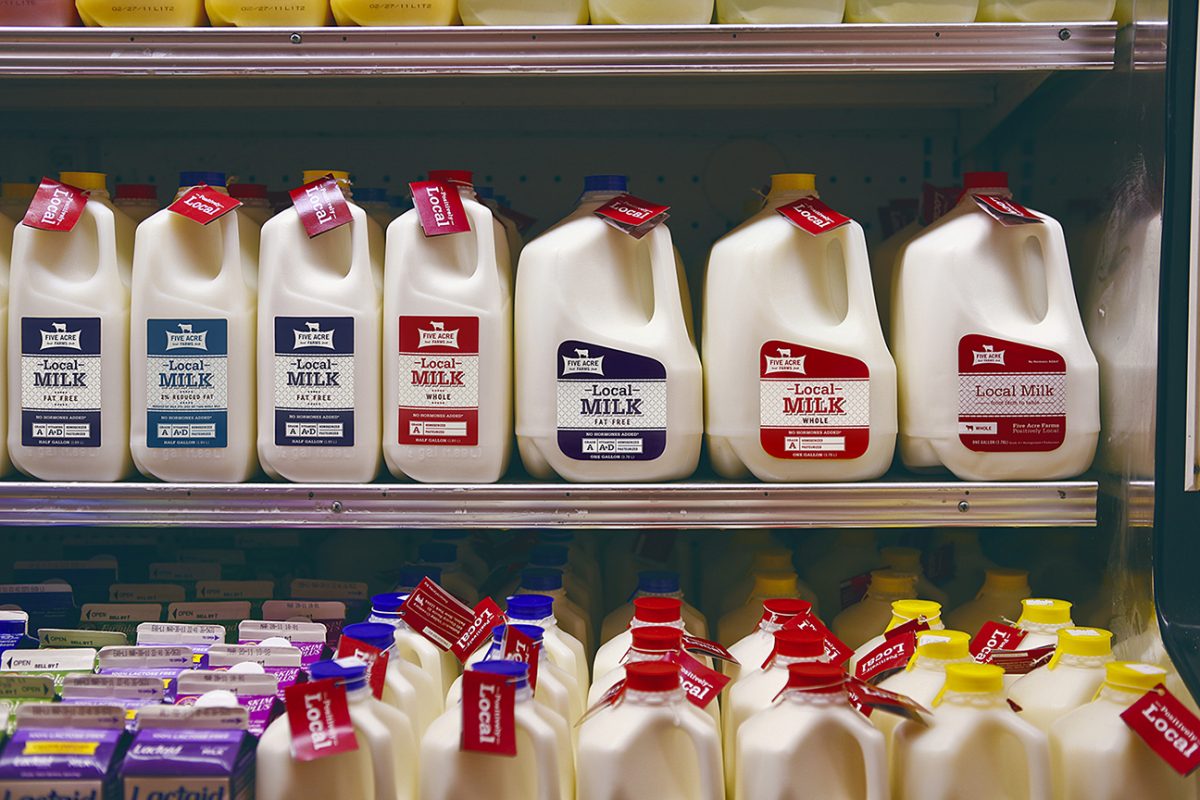
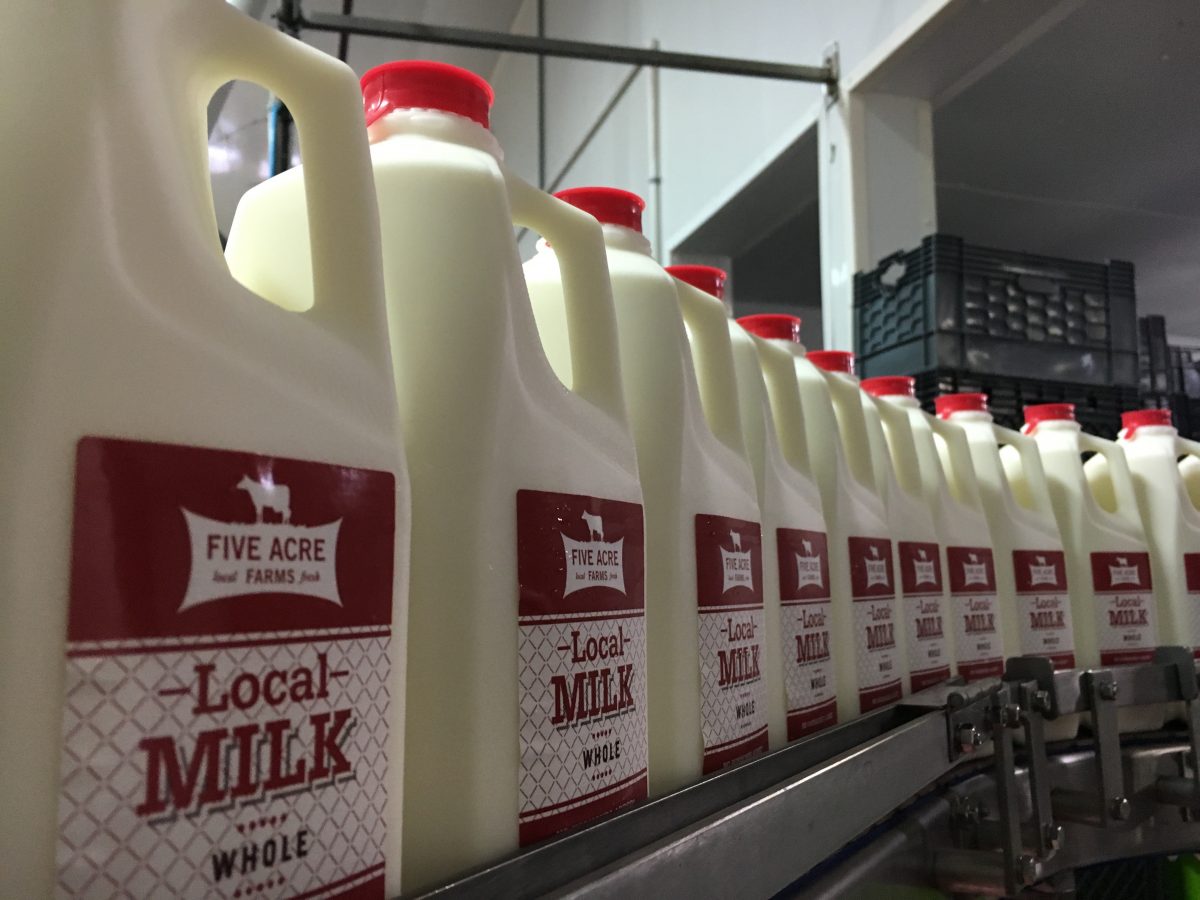

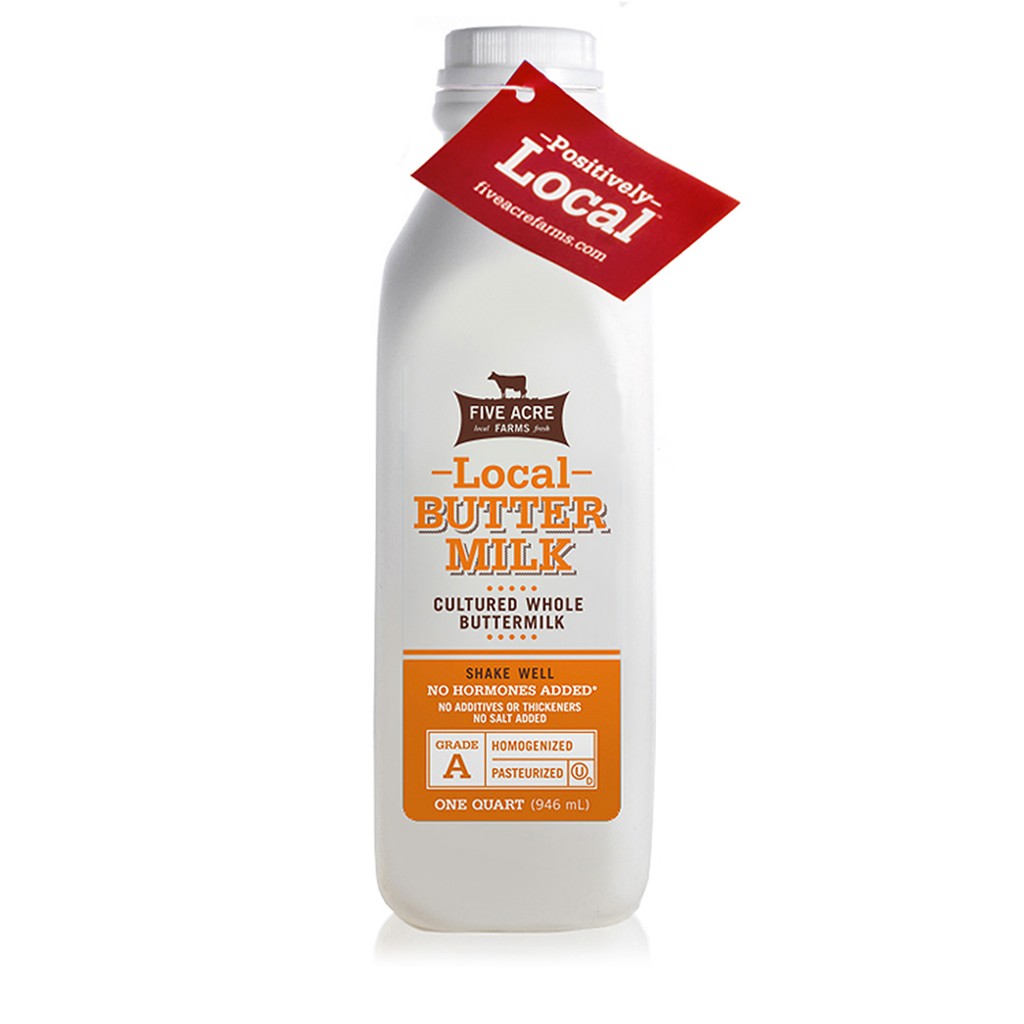
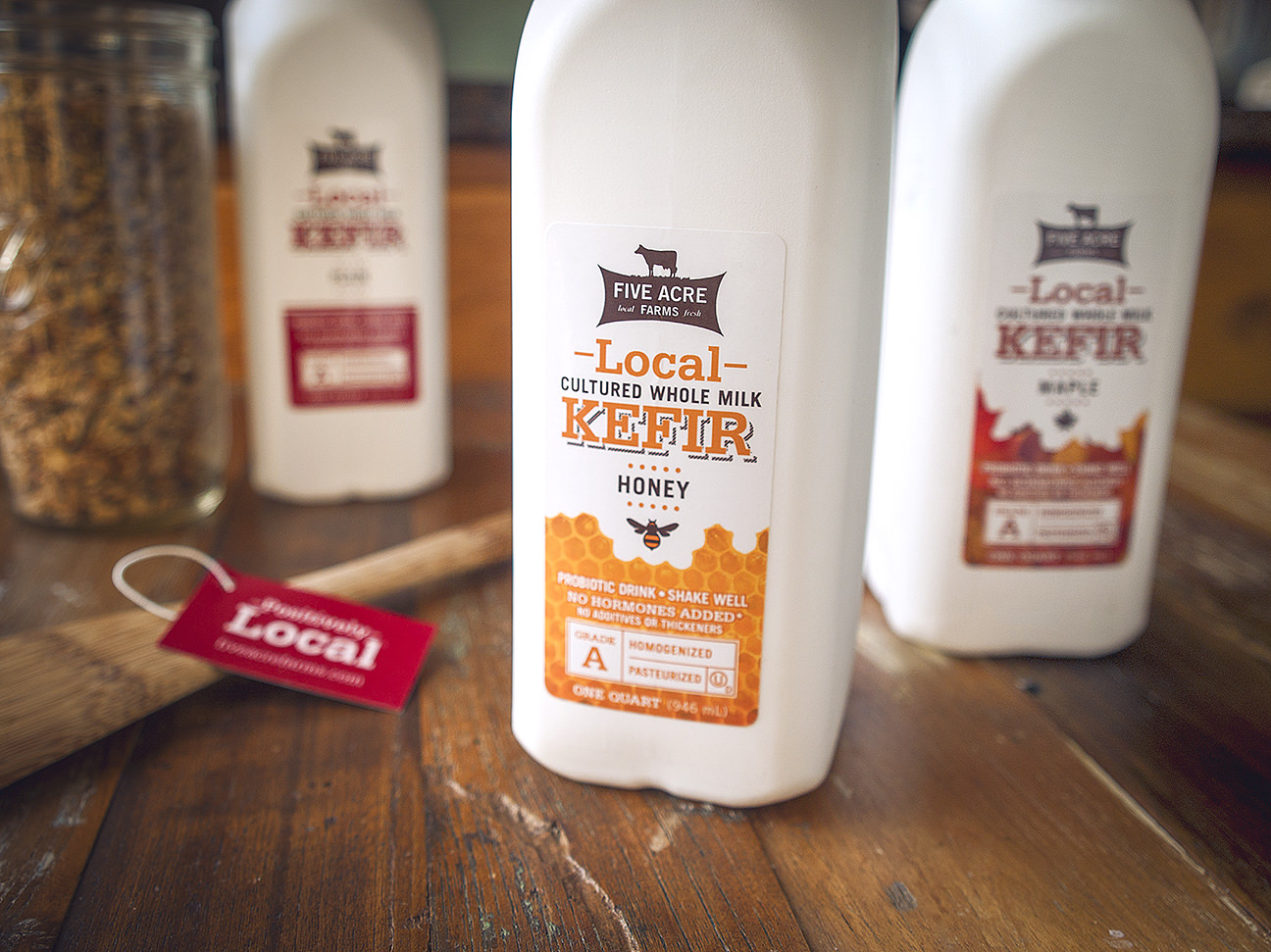
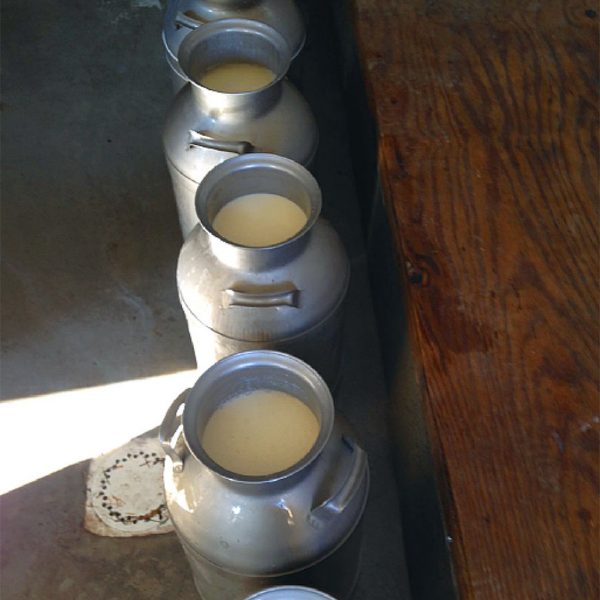
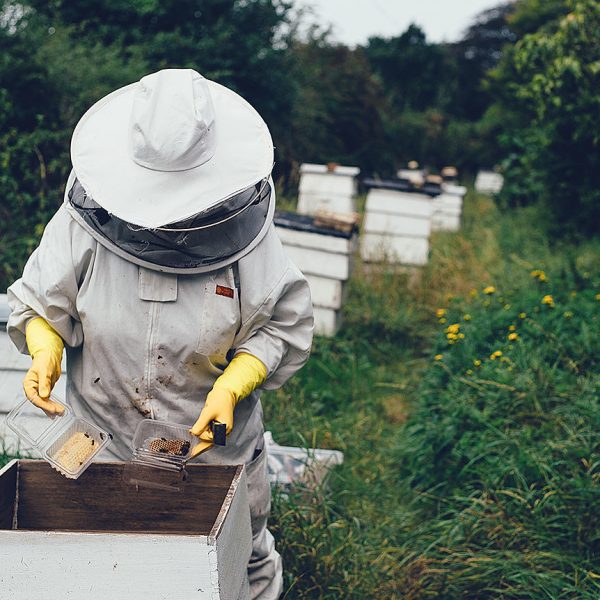
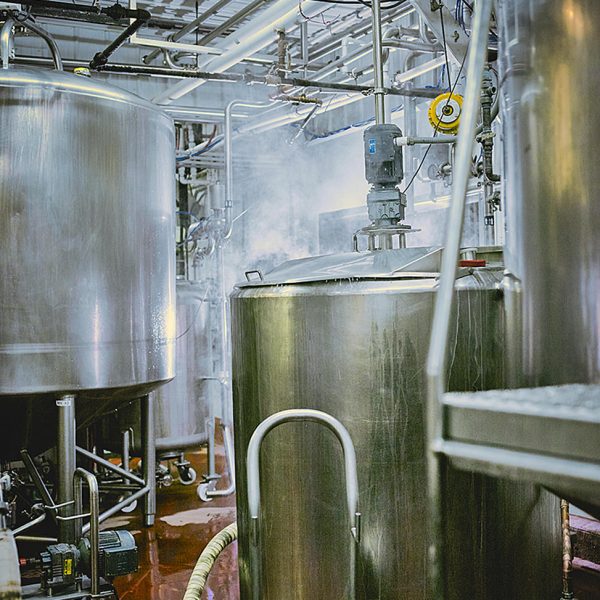
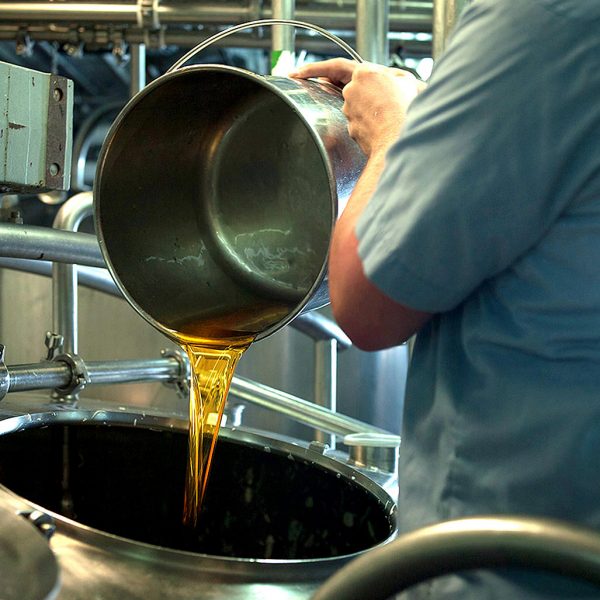
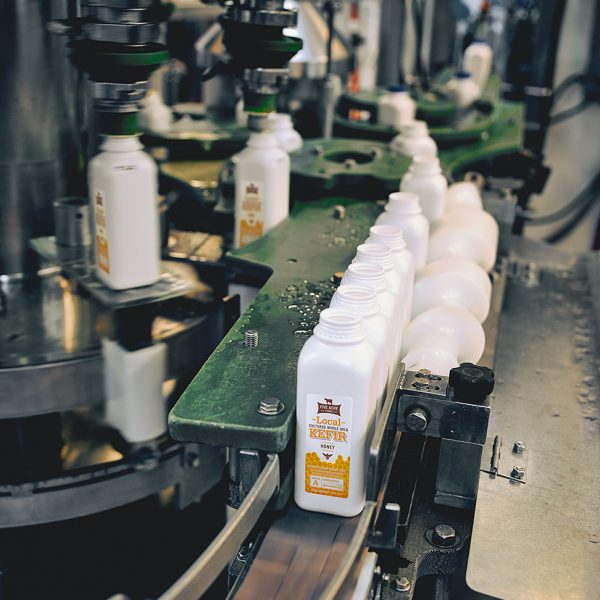
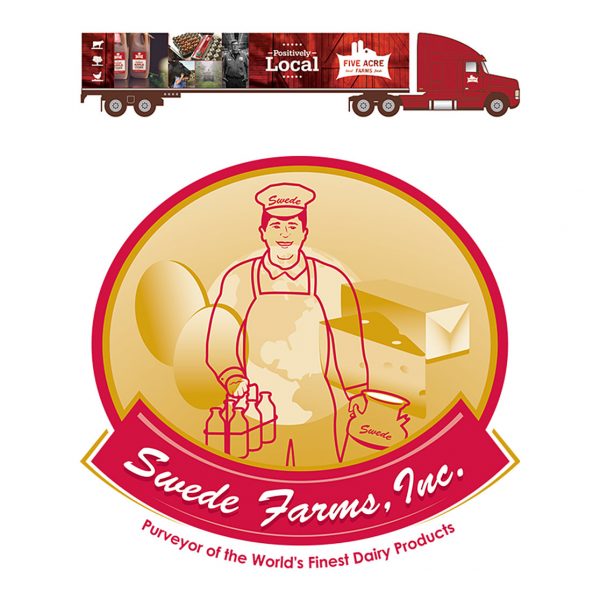
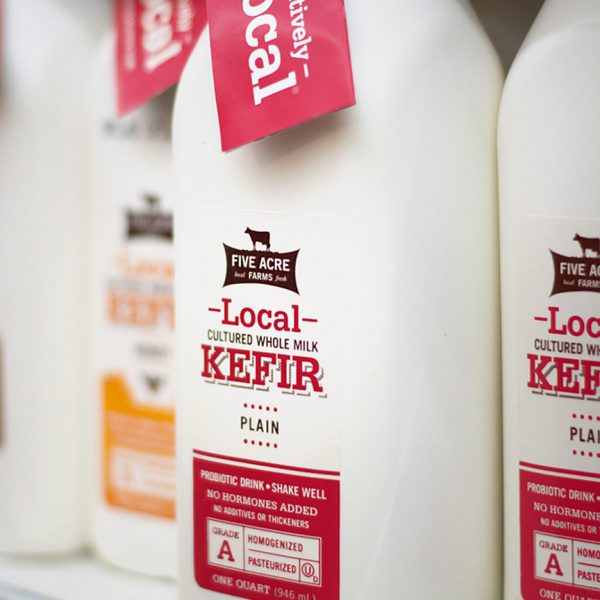
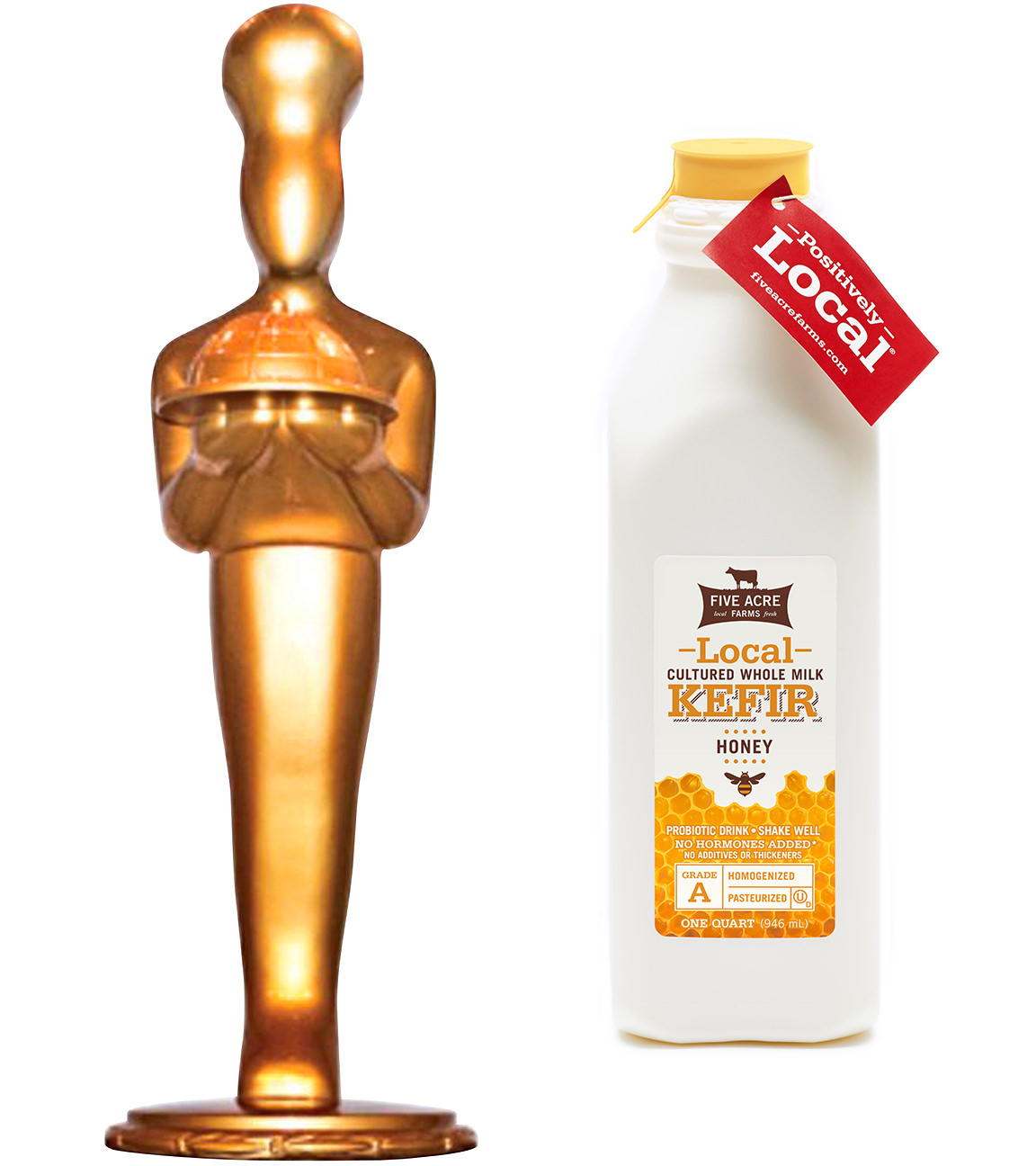
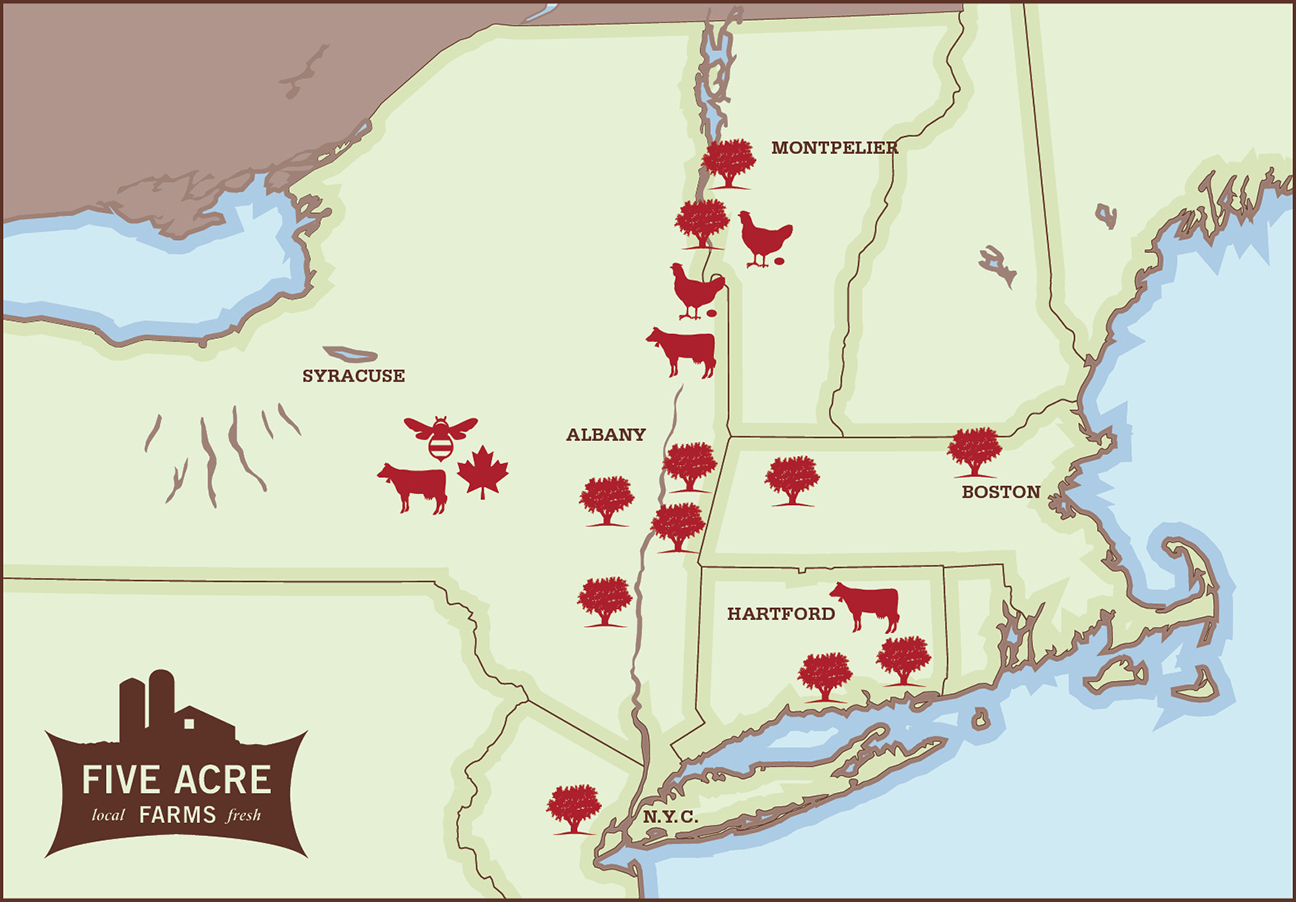
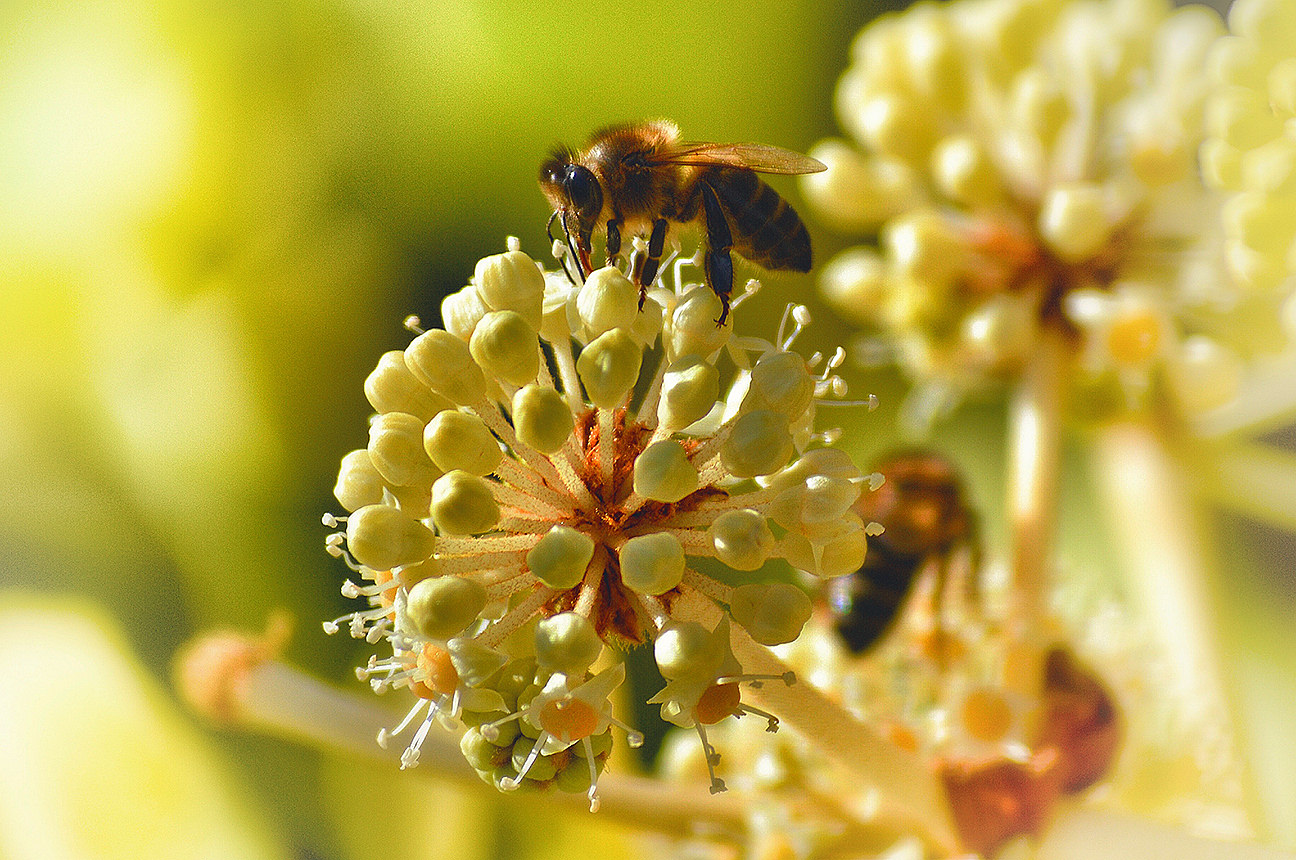

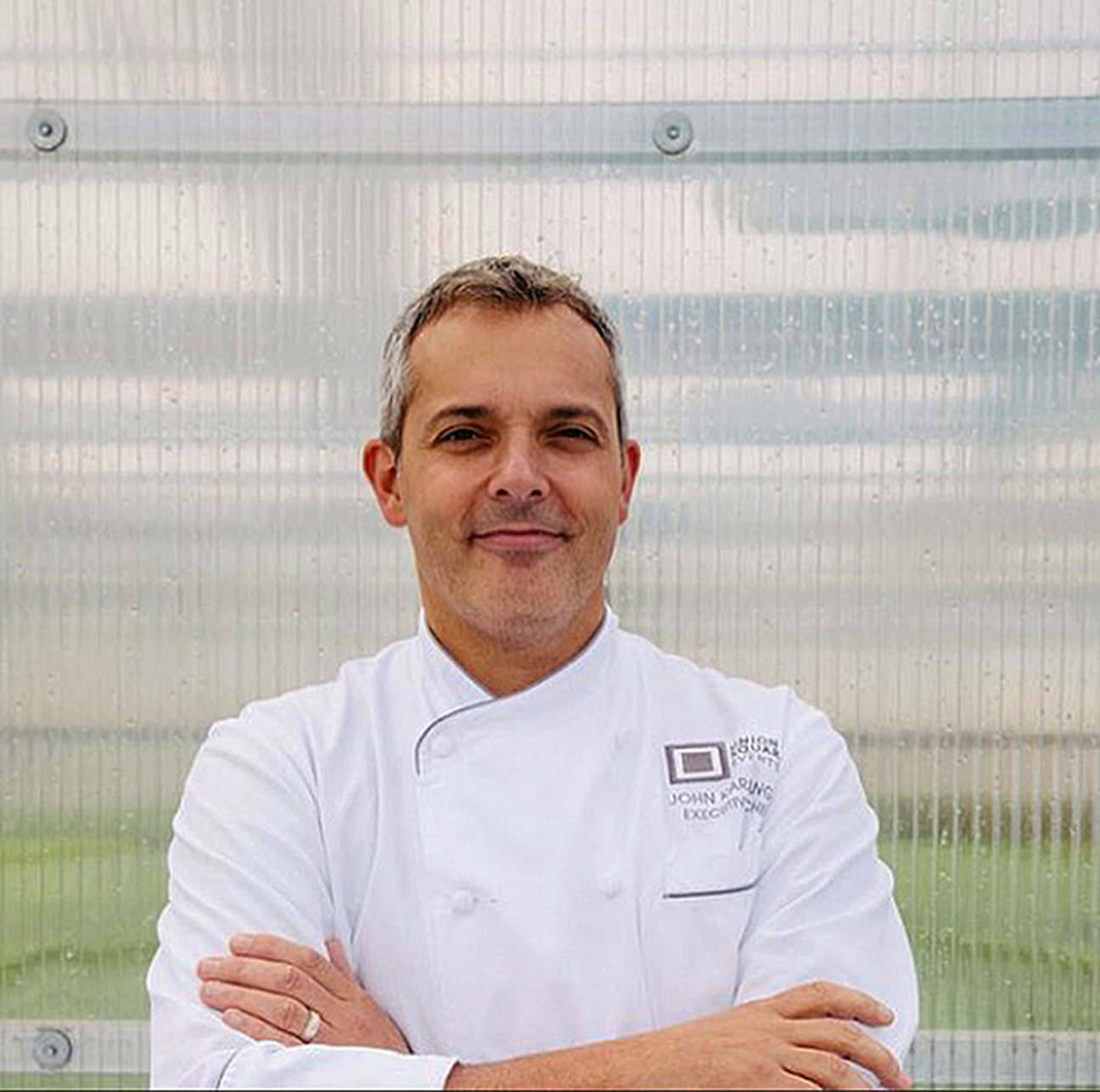

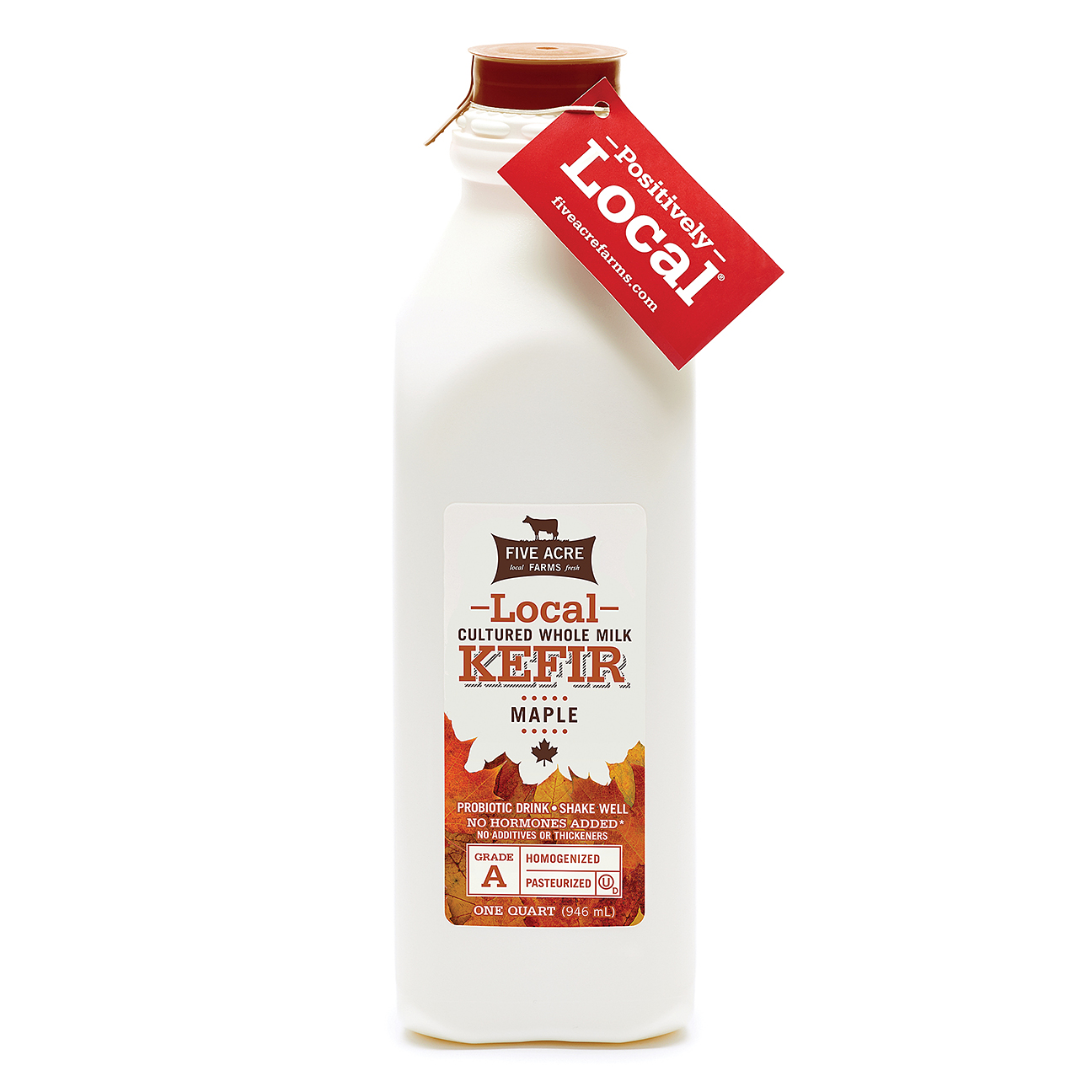 KEFIR, first created more than 2,000 years ago in the Caucasus Mountains of Eastern Europe, is a cultured milk drink that tastes like yogurt and has the consistency of a smoothie.
KEFIR, first created more than 2,000 years ago in the Caucasus Mountains of Eastern Europe, is a cultured milk drink that tastes like yogurt and has the consistency of a smoothie.